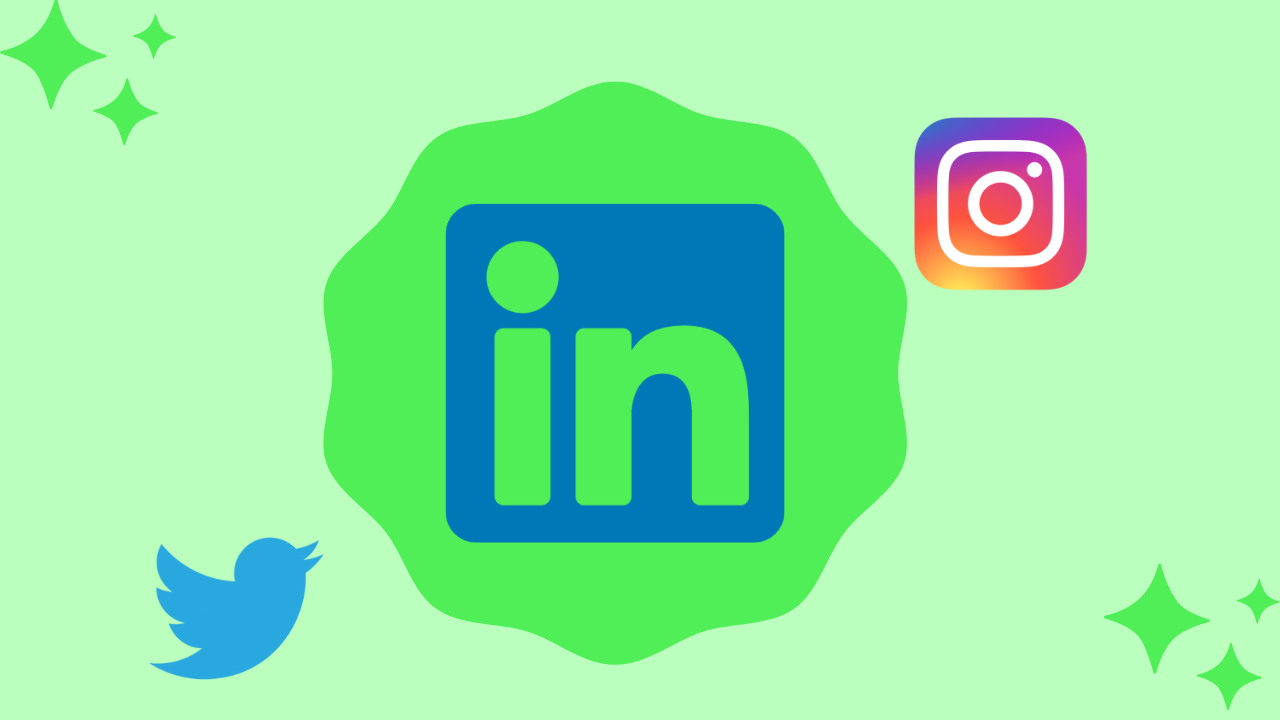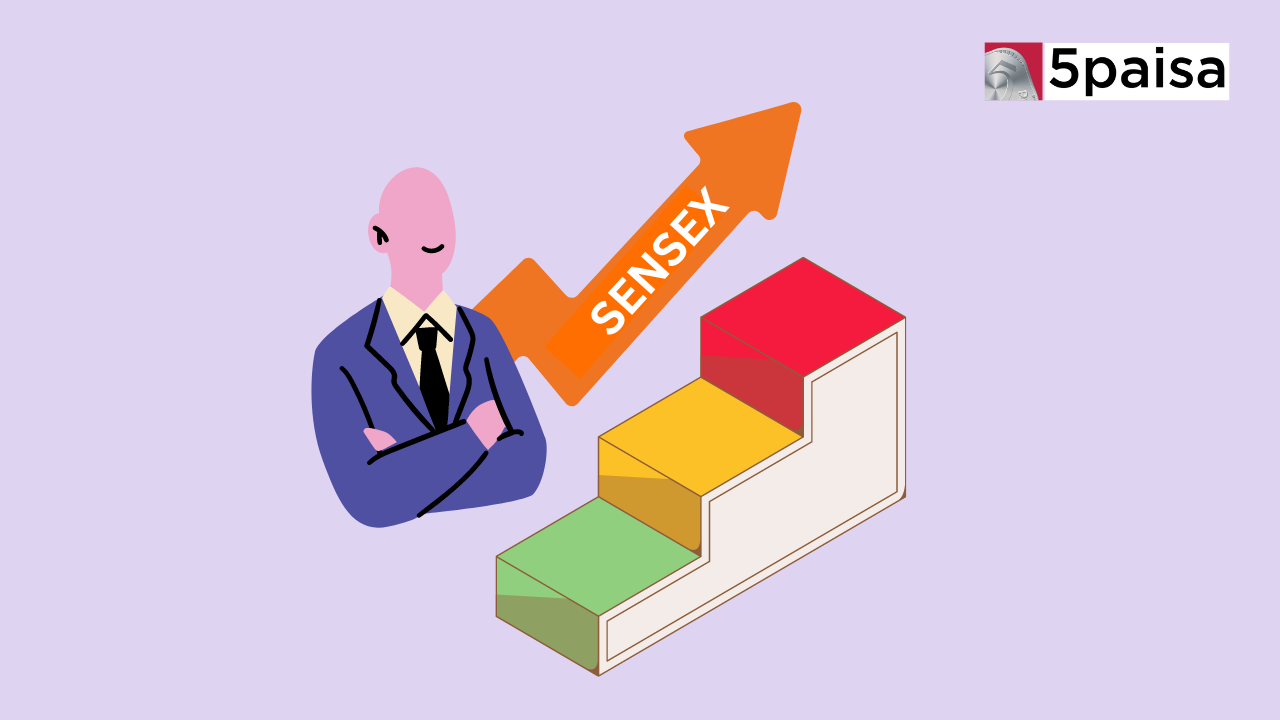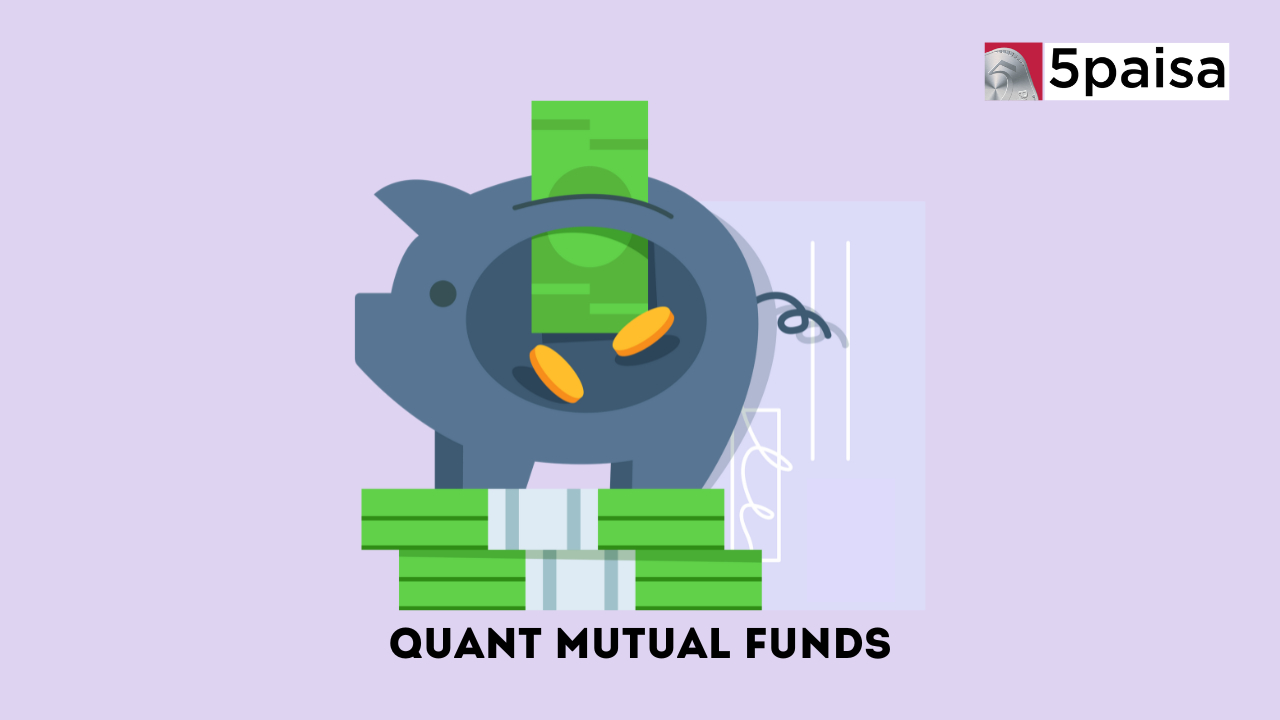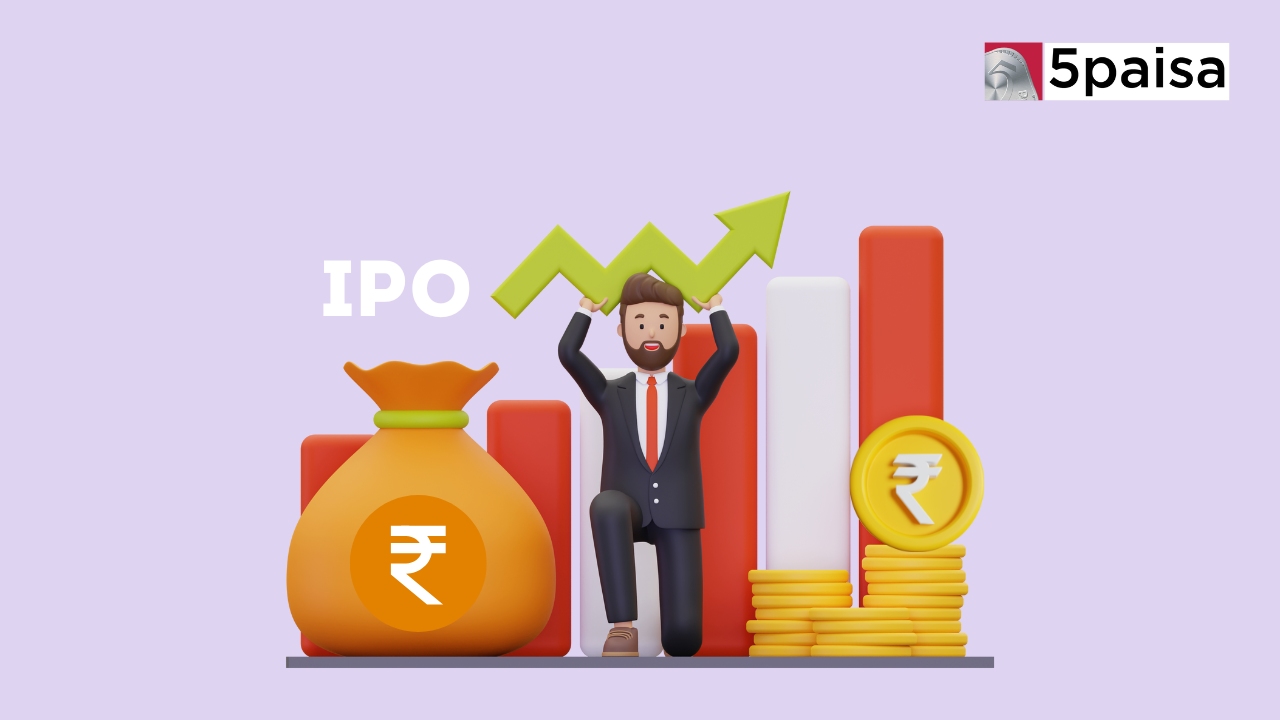List Of Maharatna Companies In India
Why Linkedin wants to become Instagram?

Last Updated: 9th December 2022 - 01:21 am
Hi,
On normal days when I am working, just like most of you guys, I have a habit of opening apps, scrolling mindlessly, and then shutting them. And more recently I have observed that previously I did this with Facebook and Twitter, but now I scroll through Linkedin quite a few times a day.
I open the app, read some corporate jokes, have a laugh, then come across some motivational stuff like work 26 hours a day and feel cringe. Then I see a friend/colleague has gotten a job at a big shot firm. I feel bad and then close the app. ( I hope my boss is not reading this blog ).
Anyway, I didn't have Linkedin on my phone a few years ago. My LinkedIn profile was dead and I didn't really use it, but now I'm quite active on it.
From being a platform where professionals connected, and posted about their corporate achievements, LinkedIn has evolved into a platform where memes are shared, and stories of personal achievements and suffering are shared.
If you are someone who believes that Linkedin has changed because people are posting personal content, then you are wrong!
It is not people who are making Linkedin, Facebook or Twitter, rather it is its own algorithm.
Sorry to break your bubble! But that’s true!
Linkedin, for years, was trying to establish itself in India. India with a huge young population is Linkedin's second largest market with 90 million users. For years now, the company has been trying to experiment with its products, so as to appeal to India’s young population.
One such experiment that it carried out was the launch of editorial voice principles (EVP) in 2020. This algorithm basically provided a structure for content moderation.
Now, all social media apps have some sort of algorithm which decides which content would be promoted more and which content should be restricted. For example, when you scroll through reels on Instagram, it shows you content that is liked by everyone and matches your interests as well.
So, all social media apps have an algorithm for content moderation. Linkedin’s new EVP created a structure for classifying the content so as to moderate it.
Under EVP all the content on the platform would be divided into four categories: gold, green, grey, and red.
Professional content like regarding a job update, and informational content would come under “green”.
Harmful, unprofessional content would be “red” or “grey”, and top-quality content would be ‘gold’. This division was influenced by a variety of factors, including content policy, moderation opinions, and algorithmic preferences based on user feedback.
The algorithm demarcated clear lines between the content that qualifies to circulate on the platform and that doesn't. In the initial days, its algorithm was quite rigid and flagged a lot of content that was candid, humorous or unprofessional!
But then came in the pandemic that changed all the dynamics. People were confined to their four walls. Since most people were working from home the lines between their personal life and professional life got blurred. People started enjoying work-from-home related jokes, and corporate memes. In isolation, they bonded on LinkedIn over these posts.
Also, amidst the pandemic, due to major layoffs, a lot of people came to Linkedin for their job search and LinkedIn wanted to engage these people as much as possible, but because of its algorithm, a lot of content did not meet its standard was being flagged.
So, Linkedin tried to experiment a bit to engage the audience, it loosened out its algorithm a bit! It observed that memes, personal photos, and personal stories get a lot of engagement, it re-classified it under “green”.
The company re-defined its strategy as well as its algorithm to get to the heart of people. It knew that jokes, candid content were liked more by the audience, therefore it changed its algorithm and then the platform tried to promote this content to more users.
The new algorithm of Linkedin brought in a lot of content creators to the platform. Content creators who used to look upon the platform and considered it just a job-seeking app, were now creating content exclusively for linkedin.
Creators were attracted to the platform not only for the good engagement it provided, but also for the ability to connect with potential employees and find talent!
People were now discussing about office politics, draconian company rules, pay-gaps, sharing memes on office culture, discussing cryptos, finance, investments, start-ups etc.
The conversations of starts ups, cryptos, blockchain, AI that previously happened on Facebook and Twitter, were now happening on Linkedin.
It happened because the company decided to ditch its strict guidelines that outlined what content qualified for circulation and what not.
It no longer wants to be just a job-seeking platform, it wants to be a social media platform for professionals.
‘
The engagement on the platform would bring a lot of people on the platform and would provide the company with a lot of user data that can help the company better its paid services. Its paid services include talent solutions, marketing solutions, and sales solutions.
Its most prominent product is talent solutions, which is in direct competition with naukri.com. Naukri.com has an edge over other players because it started early on, it has onboarded most recruiters and job seekers on its platform.
It has kind of created a network effect that is tough to break. The recruiters are on the platform because it provides them with the data of the highest number of job seekers. The job seekers are on the platform because most recruiters are hiring through naukri.com.
The only way Linkedin could break this effect is by engaging the highest number of job seekers on its platform and improving its offerings.
The company recently pledged to invest $25 million in creators globally, as a part of which it launched the creator accelerator programme, wherein some well-known content creators like Ankur Warikoo, and Pooja Dhingra would train 200 different content creators.
What do you think it’s new strategy of creating a ripe ecosystem for content creators would help it beat naukri.com?
- Flat ₹20 Brokerage
- Next-gen Trading
- Advance Charting
- Actionable Ideas
Trending on 5paisa
Indian Stock Market Related Articles
Disclaimer: Investment in securities market are subject to market risks, read all the related documents carefully before investing. For detailed disclaimer please Click here.
 Sachin Gupta
Sachin Gupta
 5paisa Research Team
5paisa Research Team




